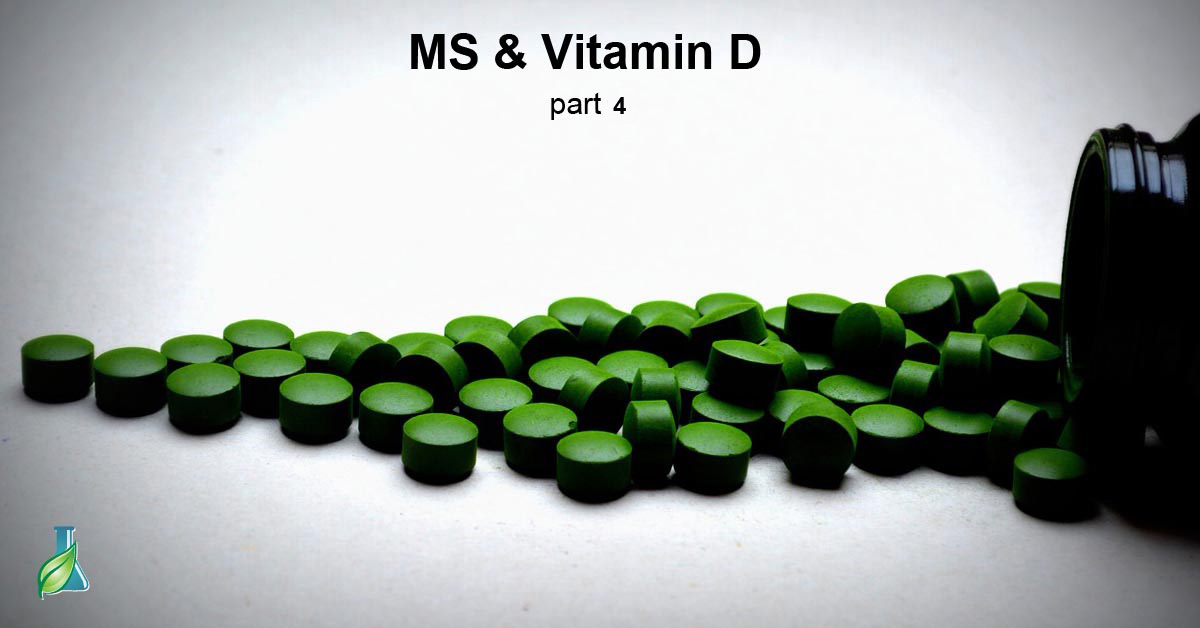
Another study, which was conducted in Tasmania and published in the journal Neuroepidemiology, compared the rates of malignant melanoma and those of MS in the major cities of Australia. Researchers Ingrid A. van der Mei, PhD; and Co-researchers compared these rates with the general amounts of sunlight in the area.
There turned out to be a correlation in the amount of low ultraviolet radiation and the incidence of MS that was considerably stronger than the correlation between high UV exposure and the existence of melanoma.[1] The British Medical Journal published more research from the experimentation from Tasmania conducted by van der Mei and Co-researchers, which has also shown that adequate exposure to the sun, particularly in the midst of winter, in children ages 6 to 15, reduces their rate for developing the disease later in life by approximately two-thirds.[2]
How Much Sun Exposure is needed?
So, of course, you don’t want skin cancer, but you don’t want to develop MS either. So, how much is enough? The answer is still uncertain. According to an article by Reinhold Vieth, PhD in the American Journal of Clinical Nutrition, when taking into account the amount of vitamin production which comes from sunlight, it is generally recommended that we get about 10-15 minutes of sun exposure all over the body (by use of a swimsuit) on a normal day where the UV index of your country is at about 7.23 If the UV index is 14, then you only need to be exposed for about half that amount of time.
In my clinic on the tools section, you will find a detailed list of countries and their UV index.
Getting this amount of sunlight 2-3 times a week should suffice in order to generate the maximum amount of vitamin D possible, which is approximately 10,000 to 15,000 IU.
Getting more sunlight will not help your body to create any more vitamin D than this maximum and it will raise your risk of getting other diseases, including skin cancer. Exposing a small area of the body for a long period of time will not work either, as this limits the amount of vitamin D that can be produced. The amount of sun exposure advised above is fairly moderate and should be safe.
One great way to allow a good amount of your skin to be covered by sunlight is by swimming out in the sunlight. UV light can get through water and therefore does not reduce the amount of vitamin D your body produces. Oddly enough, this effect does not work through glass, as UVB gets absorbed and only UVA gets through to the skin. So, exposure to the sun through a window will not work. Most solariums provide a mixture of UVS and UVB, but the levels differ, so do not buy or use a sun-bed to get UVB exposure without receiving adequate information about it.
click here for MS and Vitamin D- part 5
1 van der Mei IA, Ponsonby AL, Blizzard L, et al. Regional variation in multiple sclerosis prevalence in Australia and its association with ambient ultraviolet radiation. Neuroepidemiology 2001; 20:168-174.
2 van der Mei IA, Ponsonby AL, Dwyer T, et al. Past exposure to sun, skin phenotype, and risk of multiple sclerosis: case-control study. Bmj 2003; 327:316.

Comments (2)
Add a comment